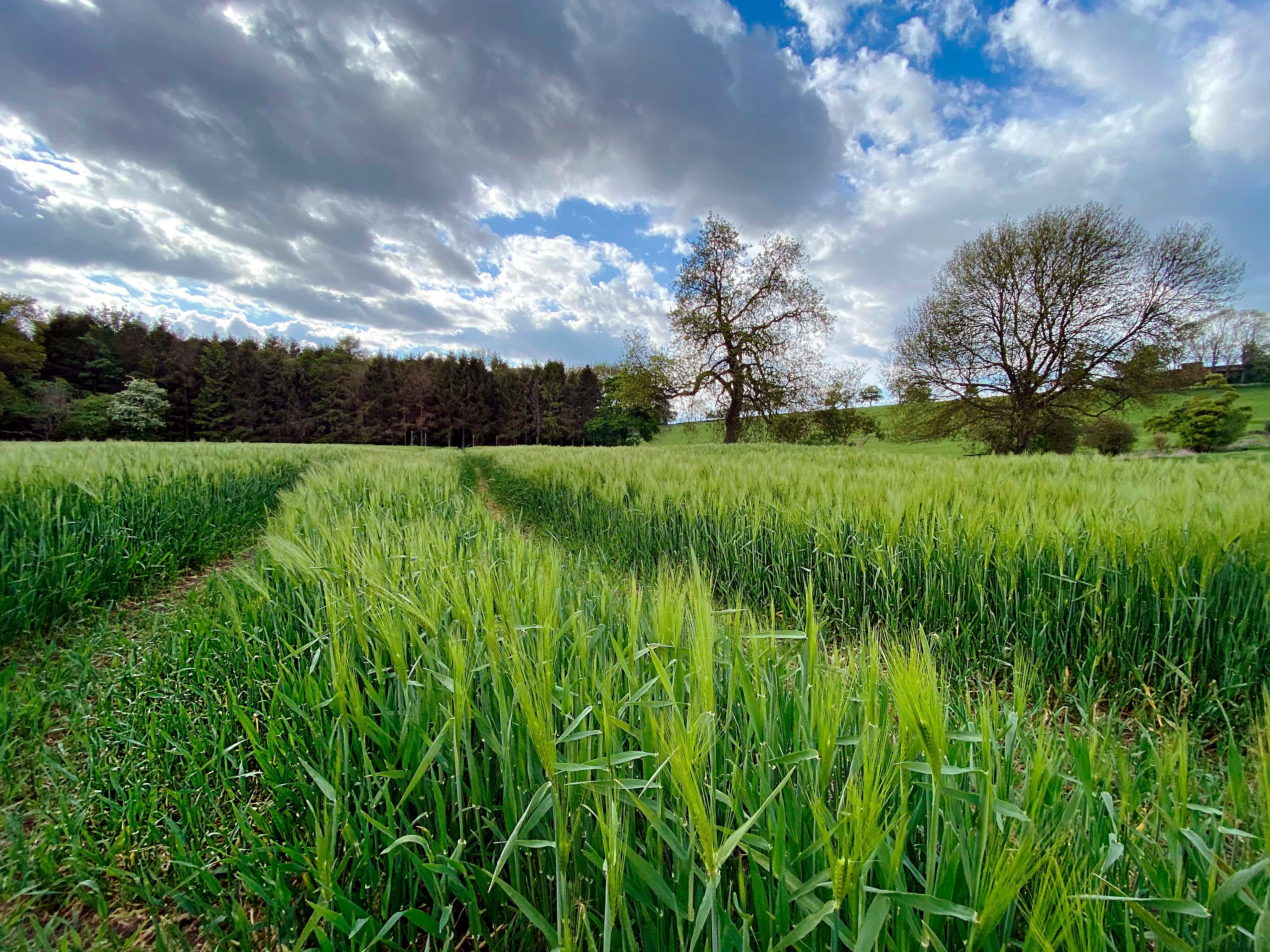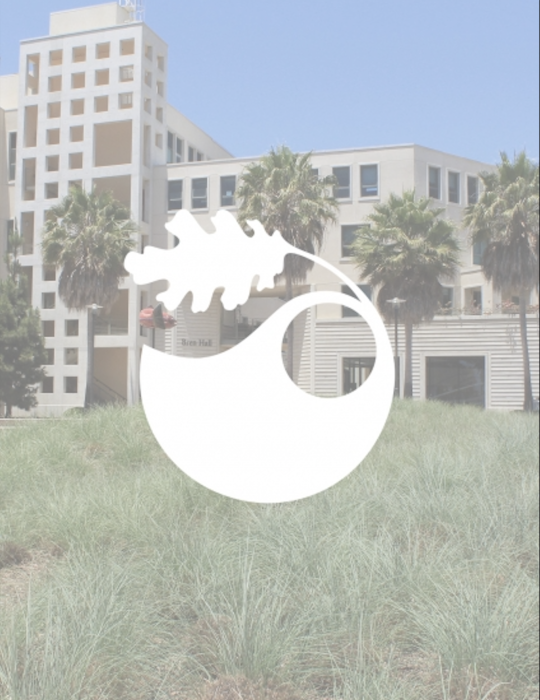Optimizing Crop Biodiversity for Sustainable Agriculture
Plant-available nitrogen is essential for crop growth. Moderate applications of nitrogen (N) fertilizers can dramatically increase the productivity of agricultural lands. But N fertilizer also drives some of the most widespread and problematic environmental impacts of agriculture: fertilizer which is applied to agricultural fields and not used by crops is lost through a variety of pathways which each have negative consequences for environmental quality and/or human health. In particular, applied nitrogen can volatilize as NH4+, which is an air pollutant that damages human health; be nitrified and denitrified, leading to NO and NO2 emissions, which are also air pollutants that damage human health; be denitrified to N2O, which depletes the ozone layer and is a greenhouse gas ~300 times more potent than CO2; be leached from the soil as NO3-, causing human health hazards in drinking water and eutrophication in natural ecosystems. These N loss pathways can also lead to acid rain, N deposition, and harmful algal blooms, which cause biodiversity loss and ecosystem disruption.
Intercropping is the practice of planting two (or more) crop types on the same field at the same time. Research has shown that this practice increases yields per unit of nitrogen fertilizer applied. Importantly, many intercropping experiments also experimentally manipulate N fertilizer input levels, and some use different N input levels in monocultures than in intercrops. This is important because some N fluxes respond non-linearly to N inputs, so experiments’ measured results will depend on the input methods they use. Andie and Zoe developed and parameterized a nitrogen box model, which is a quantitative synthesis of the experimental literature on nitrogen input and loss pathways from intercrops, relative to monocultures. This model was informed by a literature review and targeted meta-analysis to parameterize the N fluxes which are most variable or which are most likely to be affected by intercropping.
Andie and Zoe’s Impacts:
- Conducted a literature review synthesizing key components and fluxes of the nitrogen (N) cycle in agricultural systems
- Identified critical N cycle fluxes for intercrop parameterization, including nitrate (NO3 -), ammonium (NH4 +), nitrous oxide (N2 O), nitric oxide (NO), nitrogen uptake, nitrogen fixation, and fertilizer inputs
- Launched a meta-analysis to collect data on selected parameters
- Visualized and analyzed N cycle data using R
- Developed a box model to quantify nitrogen loss pathways in agriculture and inform more efficient fertilizer applications


